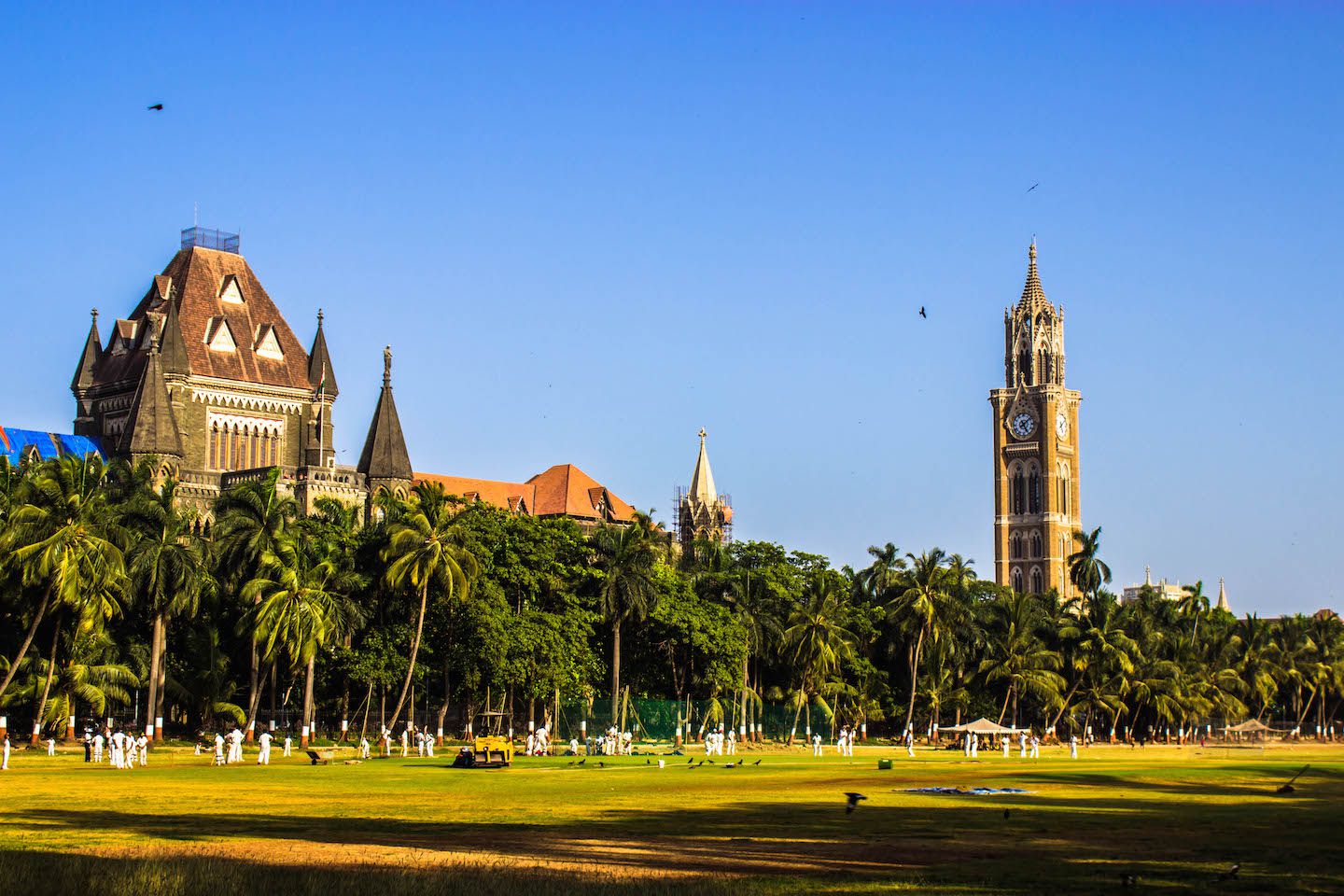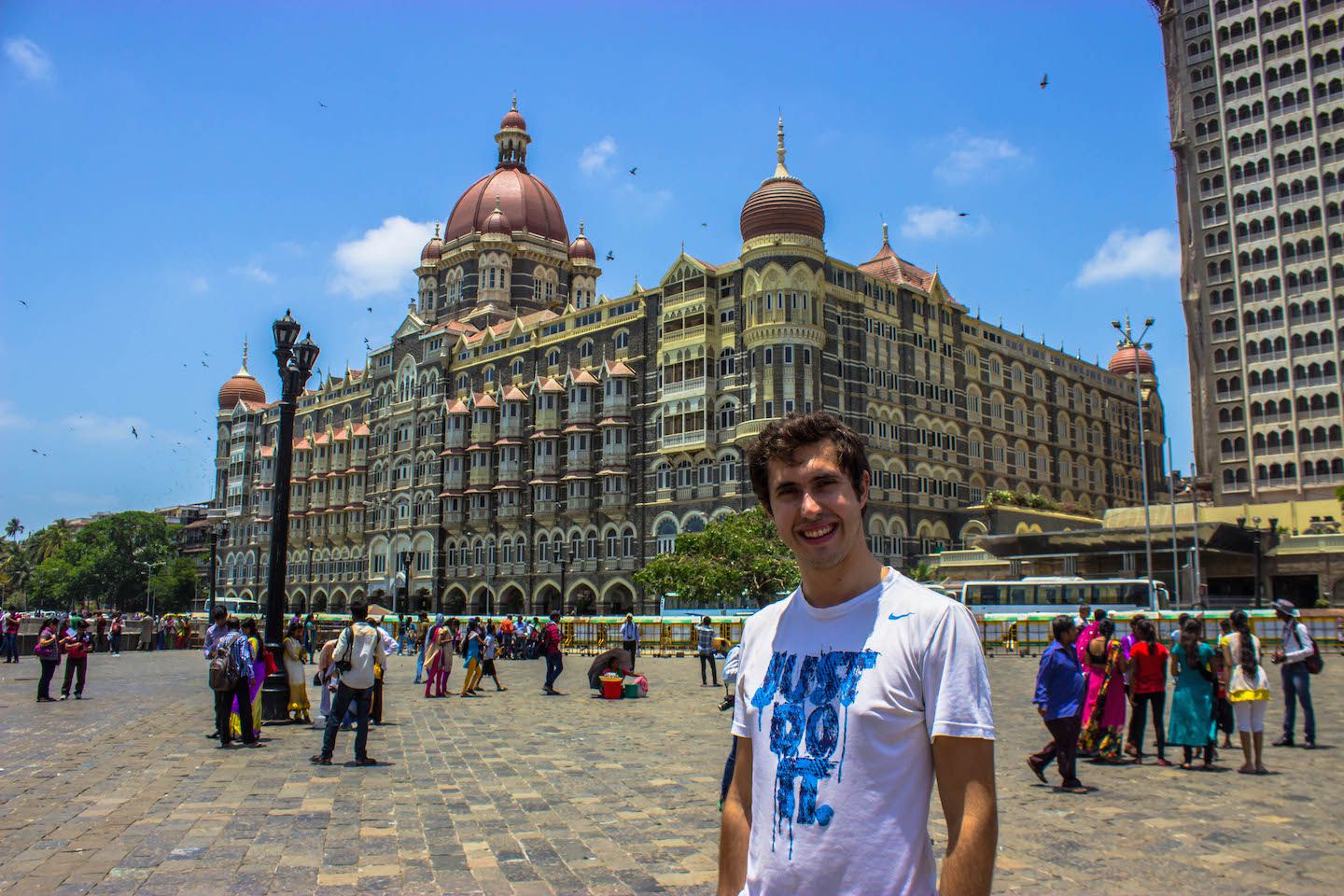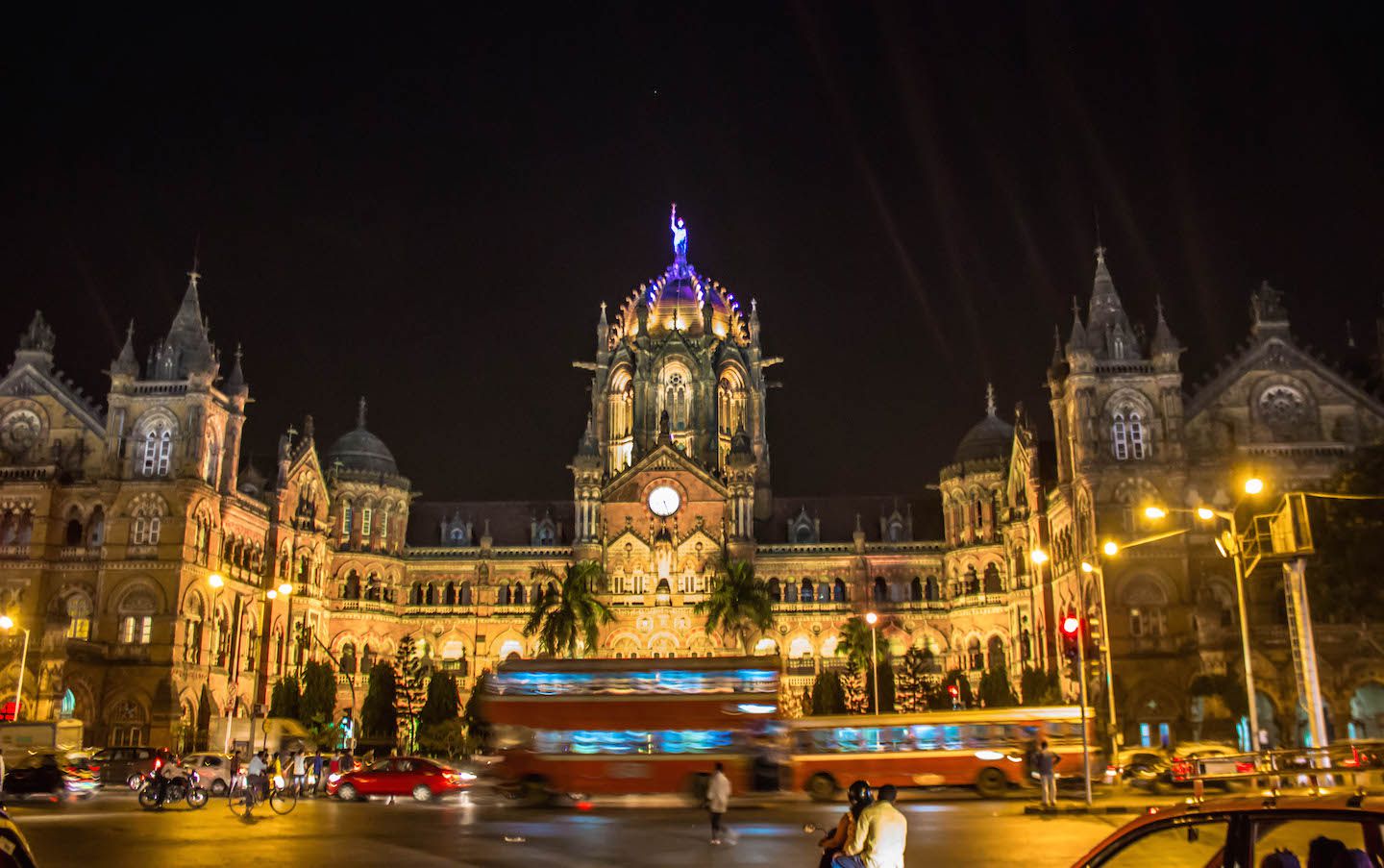Mumbai reminded me of both New York City and Los Angeles. Like both cities, Mumbai is a large port and a sprawling, densely-populated metropolitan area. It’s a little mix of both. Made up of a bunch of islands like New York, Mumbai has equally crazy real estate prices and little room to spare. Yet it has the west coast feel of Los Angeles, the home of Bollywood (Indian Hollywood), with beaches and palm trees and roads along the ocean. The wealthiest city in India, Mumbai is the financial, commercial and entertainment center of the country.

Our stay in Mumbai was brief, mostly due to the high costs of staying there. Plus big cities are tough to thoroughly explore because of the large number of sights along with the sheer size. It’s easy to go to the few key places in a smaller place, but sometimes having so many choices only makes choosing harder. Combine that with congested traffic and the stifling heat and humidity of late April, we took it easy and didn’t push ourselves in Mumbai.

After a two-hour, two taxi trip from Bandra Terminus train station in west Mumbai to south Mumbai (first taxi broke down halfway), we realized that we better stay in the main tourist attraction areas in downtown Mumbai, or be prepared to pay for the daily roundtrip commute in both money and time. We settled near Churchgate, only steps from Marine Drive and Back Bay, and not far from the Fort and Colaba neighbourhoods where the oldest part and the heart of the city lives.

The most recognizable symbol of Mumbai is, of course, the Gateway of India. Built to commemorate British King George V’s visit to India in 1911, it is the most visited landmark and known as the Taj Mahal of Mumbai. By now, we had been in India for almost a month, so it didn’t feel like a proper welcome as it would have been if this was our first landing in India. Back in the day, I could imagine ships arriving in Mumbai Harbour and seeing Gateway to India on the waterfront as the ultimate salute to India, just like seeing the Statue of Liberty when ships arrived in New York.

Right beside the Gateway of India is the famous Taj Mahal Palace Hotel, a gorgeous building and five-star hotel. It kicked off an exploration of the colonial buildings and architecture in the area, spread from Churchgate to Colaba. From the Mumbai University buildings, to the High Court, to the Police Headquarters, all the buildings were in gothic, neo-classical styles. It felt a bit like walking through London, especially when double-decker buses passed by on the road. My favourite was the main train station – Chhatrapati Shivaji Terminus (CST) or Victoria Terminus. At night, the building glowed, and it was impossible not to be wowed by the enormous but intricate design.

We were interested in taking a Bollywood tour in Mumbai, but they were not available for foreigners (unless we get permits). Even if we did, the tour is supposedly pretty restrictive about staying on the bus or behind glass walls. So we did the next best thing – we tried to get recruited for a Bollywood movie! Apparently it’s common for foreigners to be approached as extras for Bollywood movies, especially at Leopold’s Cafe (it doesn’t pay too well – only $12 per day). We went there for a drink, but sadly, no one approached us. There were too many foreigners in that restaurant, but it was fun anyway.

The rest of the time in Mumbai we spent either walking along Marine Drive (great view of Back Bay and more) or inside somewhere with air-conditioning (lots of malls in Mumbai). We took advantage of the earlier release date for Avengers: Age of Ultron on this side of the world and saw it in theaters a week before North America for a fraction of the price. We almost visited the Elephanta Caves, but decided we might as well wait for our next stop in Aurangabad to see the Ajanta Caves. Though our time in Mumbai was brief, it was just the right amount for our interests and budget. I can finally say I’ve been to the Arabian Sea.
For more pictures from Mumbai, please visit the gallery!

